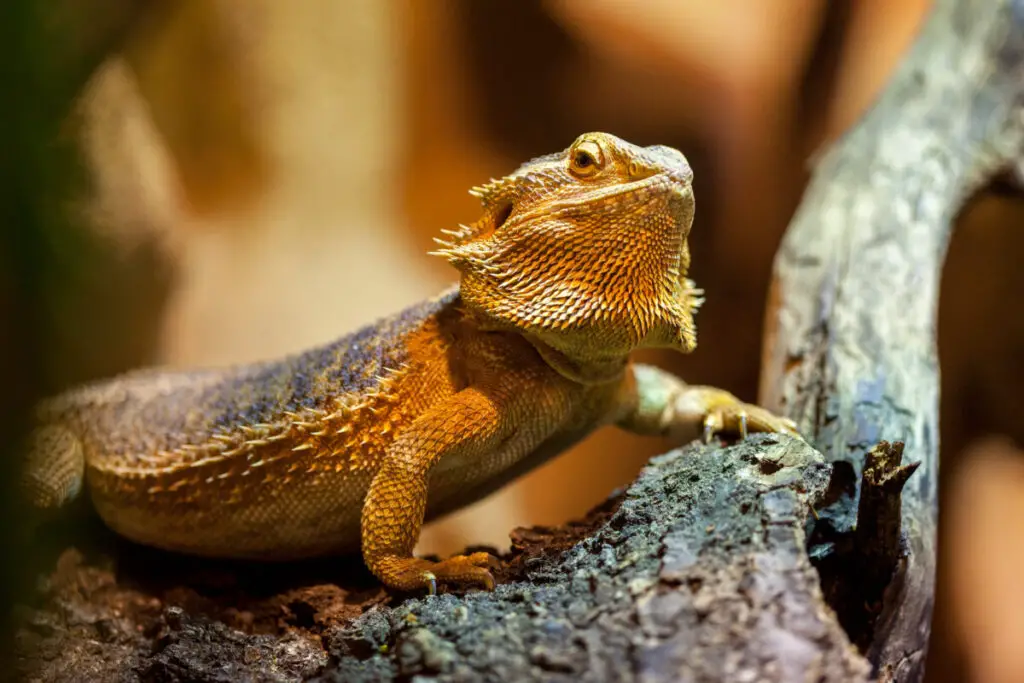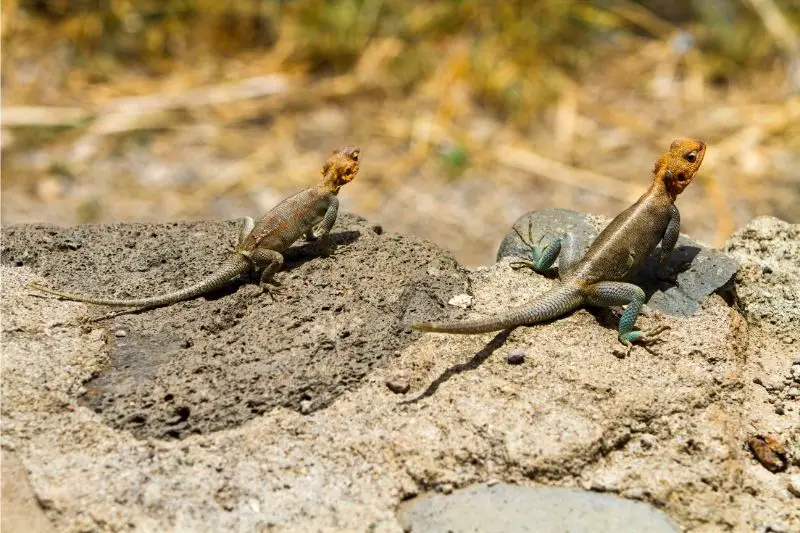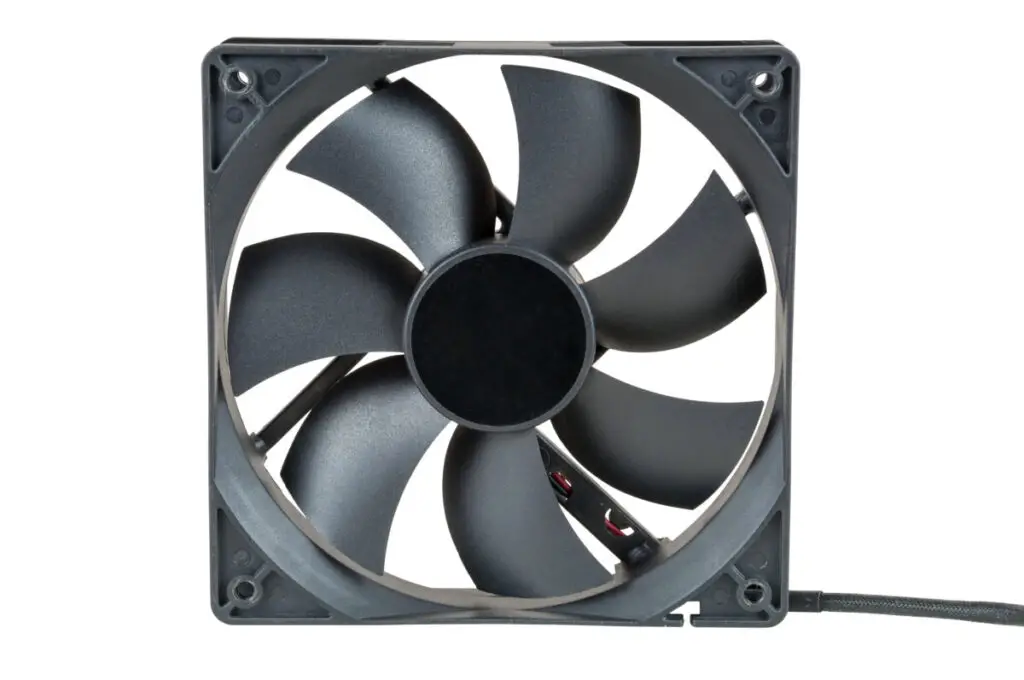This page may contain affiliate links that allow us to make a small commission from qualifying purchases (at no extra cost to yourself). We appreciate your support.
It can be tricky to learn how to set up your vivarium or terrarium in the right conditions. Understanding the importance of ventilation will help you to plan your habitat.
Ventilation is important to allow the plants and animals in a vivarium to thrive in the proper humidity and temperature. Proper circulation also prevents excessive condensation and the growth of pathogens. Ventilation will help create a habitat that most closely replicates a natural environment.
One of the biggest dangers to your pet’s life is probably overheating. Overheating can cause physical or neurological damage to your pet. A few adaptations to their vivarium can prevent this problem and allow them to be as happy and active as they would in nature.
About Vivarium Ventilation
You probably already know that in order for your reptile to stay healthy, they need a specific amount and kind of light. This allows them to produce vitamins and maintain a day-night cycle. A problem that frequently occurs in vivariums is that there is sufficient light, but this causes the habitat to overheat.
In an enclosure, the hottest air will rise to the top, and the coolest air will sit at the bottom. The coolest air will be about the same temperature as the room where the vivarium is located. So logically, there should be ventilation near the top of the enclosure, and near the bottom. The hot air will escape out of the top and be replaced by the air that comes in through the bottom vent.
The faster the exchange of airflow occurs, the cooler the temperature in the vivarium. If you need to decrease the temperature in the vivarium, you can add more vents or larger vents. If this still isn’t enough to reduce the temperature, you can install fans.
Because plants draw in carbon dioxide and release oxygen, while animals breathe in oxygen and exhale carbon dioxide, it is difficult to keep the air refreshed. This will also allow microorganisms to thrive keeping the tank clean.
It is also important to consider what would happen if there is too much ventilation. Too much airflow in a vivarium will decrease the humidity which will not be ideal for your pet (depending on their species). You will see the substrate and plants start to dry out if this happens.
Ventilation Requirements

Vivariums
Unfortunately, there is no formula to perfectly calculate how much ventilation your vivarium will need. Much of this will depend on the local climate as well as the room temperature. For a standard 4-foot cage, two to three 5″ by 3″ vents would be enough for most reptiles. Some cages as big as 7 feet only have two vents at the top and two at the bottom. If your vents are smaller, like the circular ones, you might need a few more.
Even reptile experts agree that the most important thing is that there is ventilation allowing airflow. After that, you might need to experiment a little to determine what works best for your reptile.
The main purpose of ventilation in a vivarium is to maintain temperature. You can tell whether or not your vivarium requires more ventilation by observing your reptile’s behavior.
Reptiles are unable to internally regulate their body temperature, so they do it through a process called thermoregulating, spending time in warm areas when it’s cold, and time in the shade when it needs to cool down. If your vivarium is too hot, your reptile will stop basking, and only remain in shady areas of the enclosure. If the temperature continues to rise, your animal is at risk of overheating. If the temperature is in a comfortable range, your reptile will move back and forth from the basking area to shady areas. If the temperature is too low, you will see your reptile spend most of its time in the basking area.

The most important temperature is the lowest temperature in the enclosure which should be the minimum recommended temperature for your species of reptile. You can measure the minimum temperature by placing a thermometer in the shade at the bottom of the vivarium.
Ventilation will also help manage humidity. Fans and vents will keep the glass from fogging up and prevent the growth of mold.
Terrariums
When you only have plants and insects in your enclosure, ventilation is important, but it isn’t as complicated as vivariums.
Some terrarium owners simply ventilate by leaving it covered during the day and then uncover it during the night. For larger enclosures, fans and vents may be needed. The same principles of temperature mentioned above apply to terrariums as well.
You can tell if your plants need more ventilation by observing them. If they are getting too hot, and drying out, it may be too hot inside the terrarium, so a fan or extra vent might be needed. If there is too much moisture or mold growing, you might need to add more ventilation as well.
Best Ventilators
Air Vents
Air vents are necessary for almost every type of enclosure. The size of the vent you choose will depend on the size of your enclosure, and your goals for temperature range.
These FRESH SPEED 6-inch vents from Amazon are perfect for installing into a smaller vivarium or terrarium.
For larger enclosures, this rectangular air vent cover would work better.
Fans

If you are looking to make a more drastic change in the temperature or humidity of your vivarium, you might consider installing a fan.
Computer fans are most commonly used in vivariums because they are affordable and small. This 4 Pack USB Brushless Cooling Fan on Amazon is affordable and could be installed in an enclosure. This is perhaps one of the most affordable options, but it may require some modification and rigging to your habitat.
AC Infinity fans are a lot like computer fans, but they are much quieter and can be plugged in directly to the wall (unlike computer fans which require wiring).
Keep in mind that your ventilation system should not have holes large enough for your reptile to escape through. Adding mesh to fans or vents can be a solution to this problem.

Meet Brad, the creator behind Vivarium Vibes, where his deep connection with nature and animals truly comes to life.
